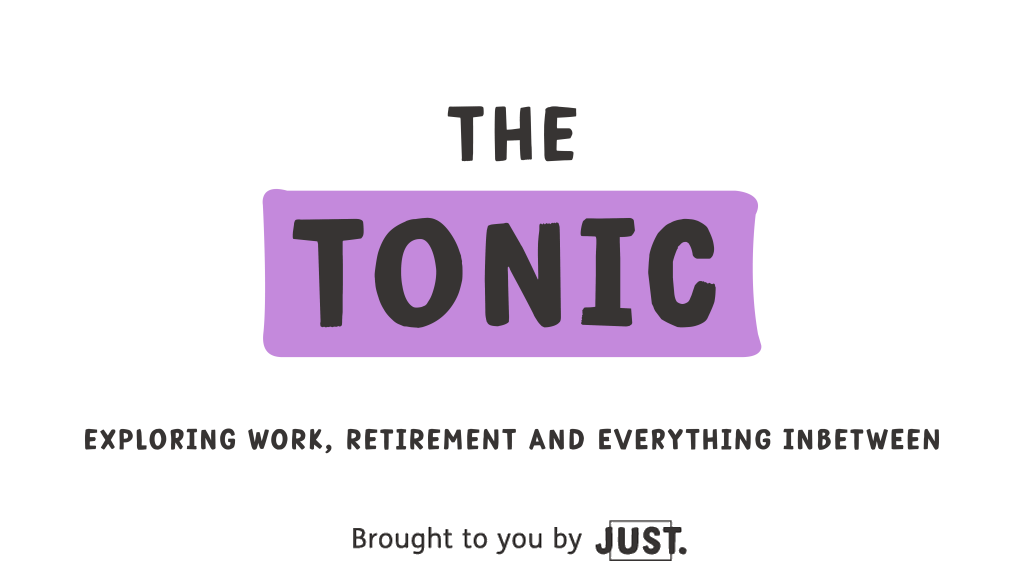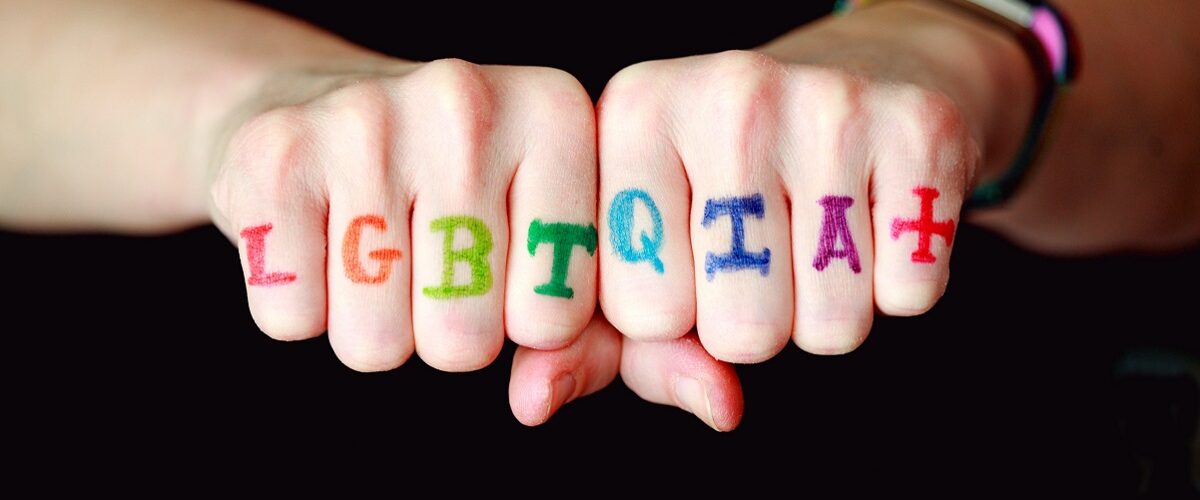If you spend time looking warily at things like pronouns and you wonder what LGBTQIA+ is but you’re too afraid to ask, I’m here to help.
I’ll start off by saying that I am 20, and despite feeling like I am immersed in the community, I still get wary of saying the wrong thing. So you’re not alone! What is LGBTQIA+?
But maybe you’re older than me, and some days you just don’t feel like you understand any of this at all! It seems easy to offend some people and honestly, it feels like some people do just want to be offended. I’m hoping I can help a bit. Even though it’s still a bit of a minefield!
The community is always growing and developing, and I feel like I have to keep up too. For most of us, if we upset someone it’s because we don’t understand, not because we are trying to offend. I’ll do my best to try and clarify some of this.
What does LGBTQIA+ stand for?
OK so some of this is going to be things you already know – so bear with me. I can’t do half of the letters and not the rest!
The acronym stands for Lesbian, Gay, Bisexual, Transgender, Queer/Questioning, Intersex, Asexual; and the ‘plus’ refers to a plethora of other identities. This includes positions such as Aromantic, Pansexual, Non-binary, Genderfluid, Bigender, Agender, and many more.
It’s the ‘plus’ that is probably the most complicated! So here goes…
L is for Lesbian
I’m sure most of us know this one. A lesbian is a homosexual woman, which means they have a sexual and/or romantic attraction towards women.
G is for Gay
Again, a term we’re all familiar with. A homosexual man who has a sexual orientation towards men and/or are romantically attracted to men.
B is for Bisexual
Not to be confused with pansexual, bisexual means a romantic or sexual attraction to two genders (hence the ‘bi’) – male or female.
T is for Transgender
Transgender people are born with a gender identity that is different from their sex. Sex is assigned at birth by biology but doesn’t always match a person’s gender identity.
It’s important to remember that sex is your biology, but gender is identity. Which is where the phrase ‘I identify as…’ comes from. Identity.
Of course, trans people might be at very different stages of transitioning. Some might be pre-hormones or pre-op, or not planning any kind of op at all. And some might be much further down the transition line. So it’s not always easy to tell if someone is trans. Best thing to do is listen to what they tell you.
Q is for Queer
Being queer means different things to different people. It can be used as an umbrella term to describe someone who is part of the larger LGBTQIA+ community. But someone who is queer may also identify as trans, or gay, or lesbian, or any of the identities. Or they may not identify as any specific identity at all! On the other hand, not all people in the community identify as queer either.
Confused? If you’re not sure, ask (politely) what queer means to the person in question.
I is for Intersex
I’m sure to a lot of people this is a new concept. But it’s something that’s always been around, just under different names, and less acknowledged.
Intersex people have anatomies that aren’t typical of female or male. In the old days, they’d have been called hermaphrodites, or eunuchs.
They are typically recognised as people who are born appearing to have male genitalia externally but have a female anatomy internally, and vice versa. It’s also recognised that intersex people can have a cross of typical male and female genitalia types and have a mix of XY chromosomes.
A is for Asexual
An asexual person does not have sexual attraction to anyone. This doesn’t mean they are not romantically attracted to people. They can form romantic relationships. However, some asexual people may choose not to, and some may also identify as aromantic as well, which means no romantic attraction to anyone. So some of the time no sexual or romantic relationships are formed.
And finally, the Plus +
The plus in the community includes so many identities that we would struggle to name them all. But here are a few of the more common identities that you might come across.
Pansexual
Pansexual is often confused with bisexual. It differs though, as bisexual only really means two (male and female) attractions, whereas ‘pan’ means all. Some pansexual people believe that bisexual is exclusionary and feeds into the binary of gender, although bisexual people would largely disagree. But the definition states: ‘Pansexuality is sexual, romantic, or emotional attraction towards people regardless of their sex or gender identity’. The idea is that it’s completely inclusive.
Non-Binary
Non-binary is an umbrella term often used to describe gender identities that are neither male or female. They are non-conforming to gender as a binary arrangement (M/F) and so are referred to as non-binary. With a lot of non-binary people, they chose to take the pronouns they/them. They’re keeping it open!
Gender Fluid / Genderfluid
Merriam-Webster defines gender fluid thus: “Gender-fluid individuals prefer to remain flexible about their gender(s). Some dress in ways that reflect both genders at the same time, while others may express one gender one day and another gender another day.”
This means that some people may dress very androgynously. Or they might dress a way to express themselves as female one day, and male the next, like Eddie Izzard. Genderfluid people have no fixed gender identity, so their pronouns might change too. If you know a genderfluid person, the best thing to do is ask them what pronouns or gender identity they are identifying with that day.
Of course, there are so many more identities out there and the community is forever growing.
But, we get it…
For most of us, it can be daunting looking at all these words and meanings and what to call and what not to call people can be tricky. And it’s hard to keep up with what exactly is LGBTQIA+. It’s developing and changing all the time. But I think the best course of action is just to ask people what they identify as.
And if you get it wrong, then just apologise and correct yourself. Most decent people won’t mind if it’s a mistake. The key here – as with so many things – is about kindness and politeness. You might not understand it, or even agree with it. But it’s polite to acknowledge someone’s personal choice and respect it.





Add comment